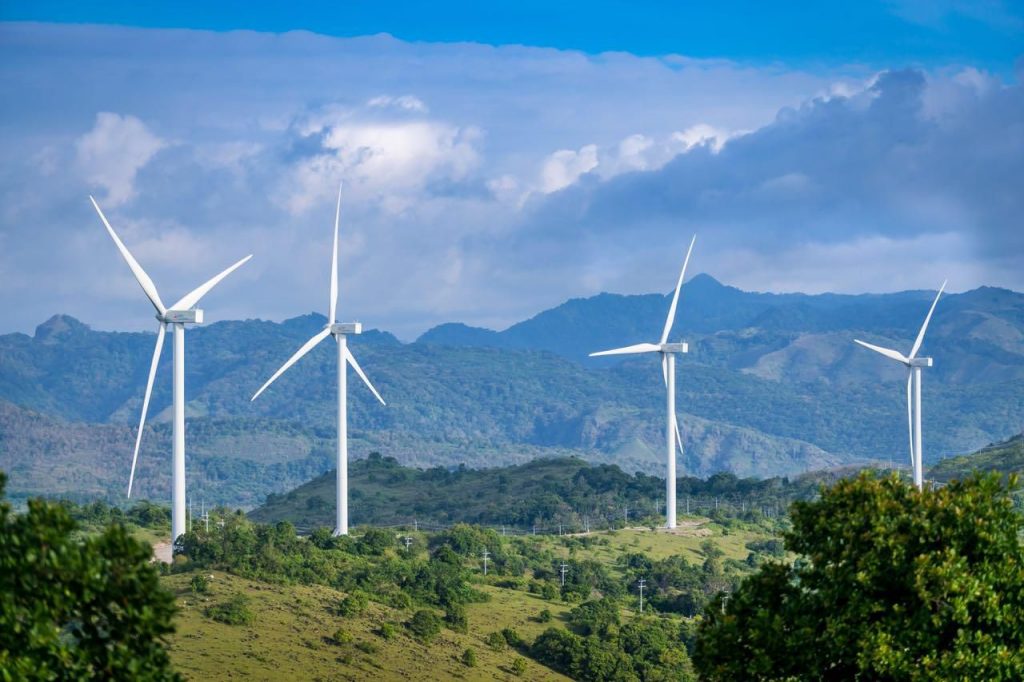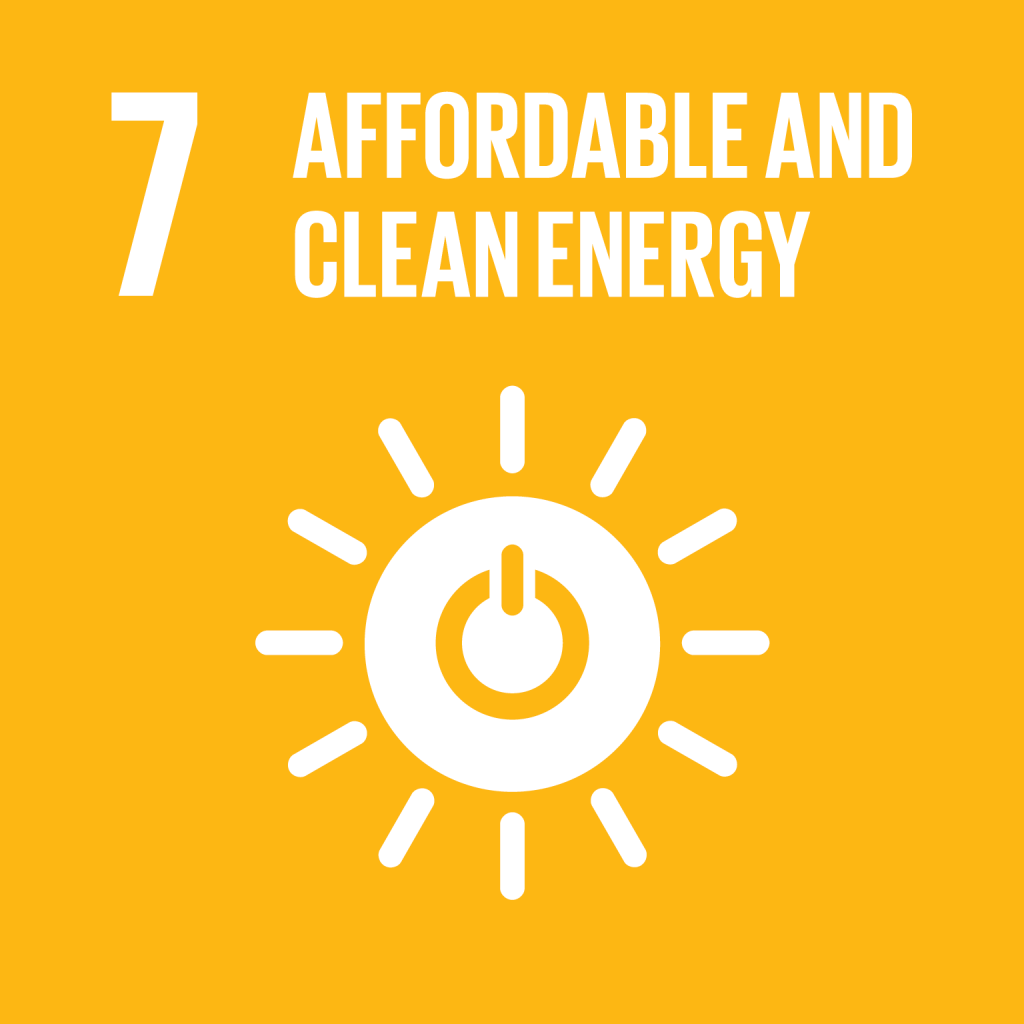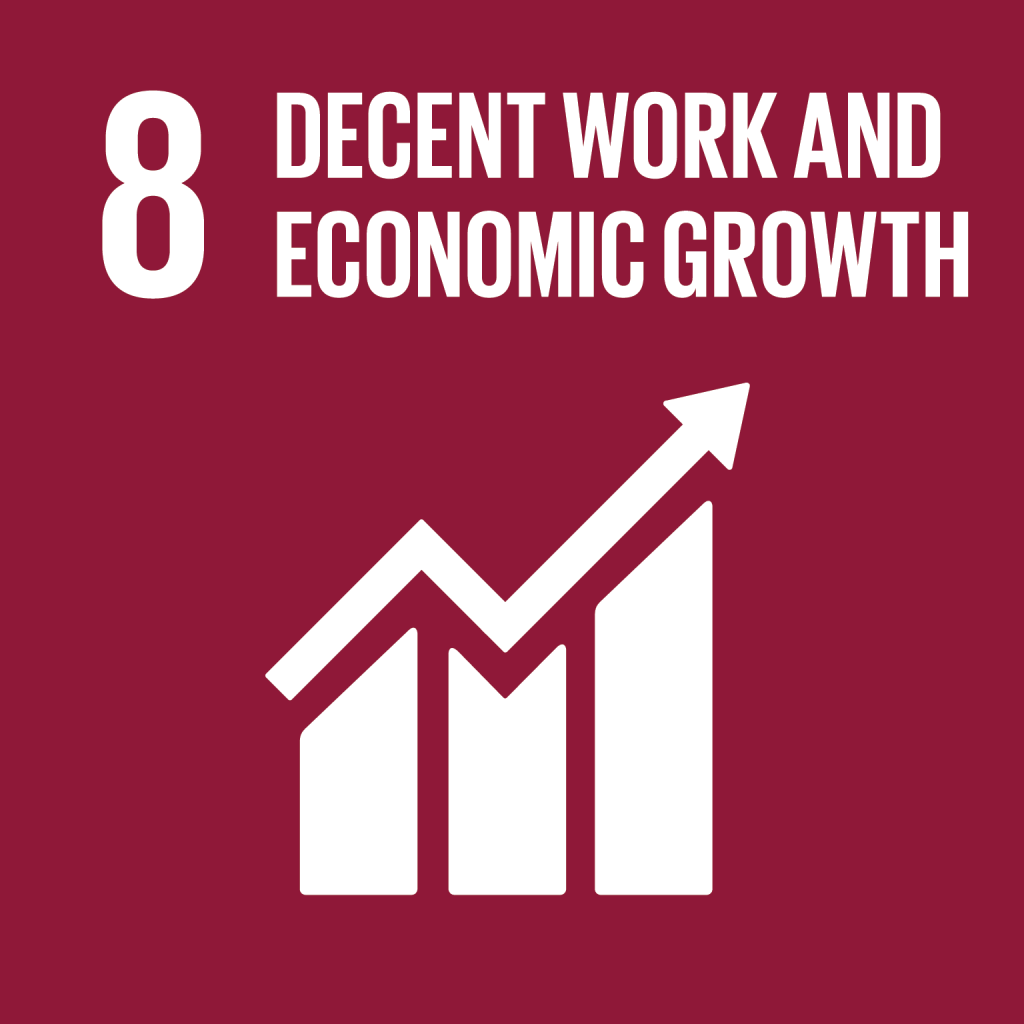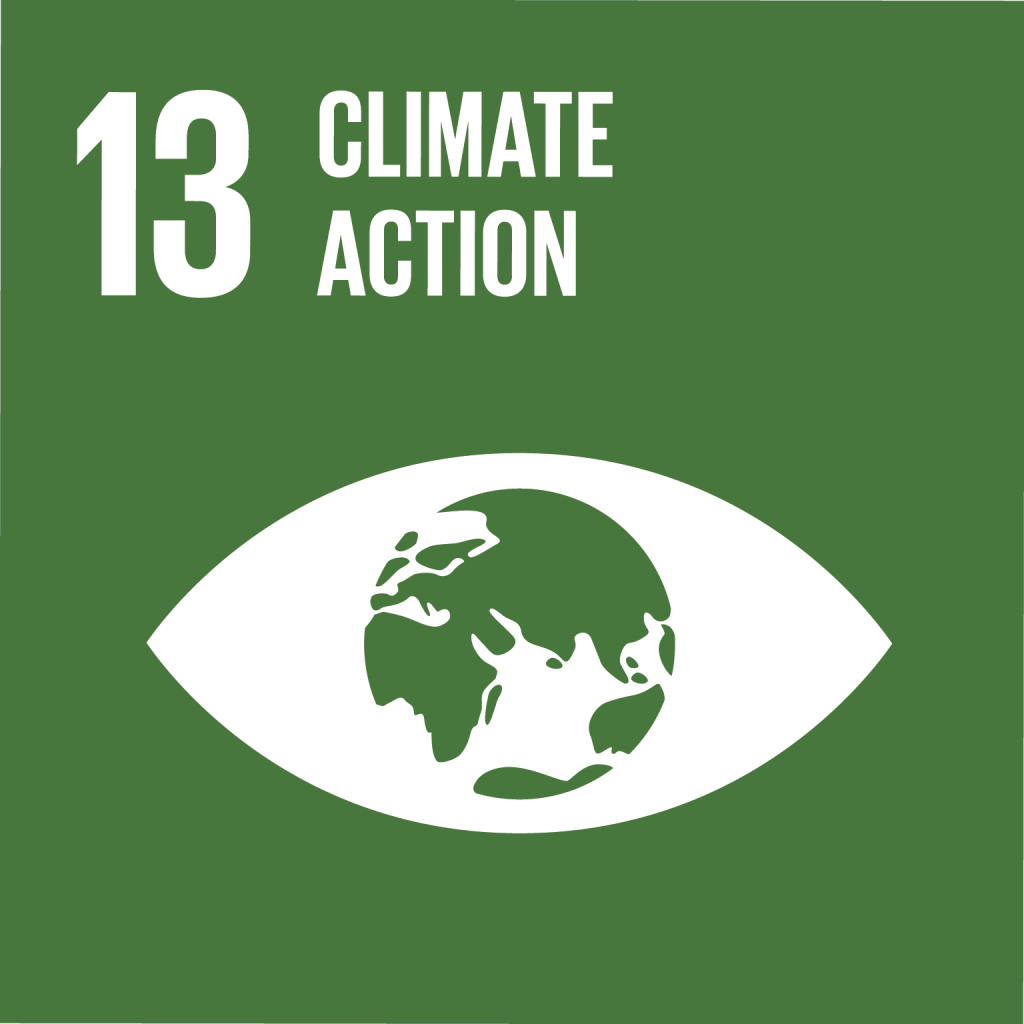We have now offset another 25,000 ton CO2eq in a Gold Standard certified project! Thank you for making this happen!
This time, your contributions are funding the first ever wind farm in Indonesia. With 30 wind turbines reaching a total capacity of 75 MW, it is also the largest wind farm in all of South East Asia. Through this project, we are supporting Indonesia and its island Sulawesi to see beyond fossil fuels and stimulate both the development of the electricity grids and the national politics in a climate-positive direction.

Indonesia is a country that depends heavily on fossil fuels for its energy production. That in itself is not unique, but given its large population of 264 million, it is remarkable that there has been no wind power at all – until now. The potential for renewable energies in Indonesia is massive, estimated to 14 times their current demand. However, the country has very cheap coal, which sells domestically for less than the global market price, so the economic incentive for renewable energy is weak. In cases like these, the possibility to finance the development with sales of CO2-credits can be one solution to implement green energy projects.
This project has several benefits – Indonesians will now be able to see the positive impact of the wind power for themselves and we are proving the feasibility of this energy source in a local context. The project will also stimulate capacity development, as locals are recruited for the construction and operation of the facility. This breaking of new ground will facilitate for future wind energy projects. Moreover, it puts pressure on the development of the grids to become more flexible and interconnected, so that the electricity can be distributed in an efficient way.
The capital of Indonesia had a major power blackout earlier this year, highlighting the need for grid flexibility and a robust energy system. The politicians in Indonesia have also made a point to set the national target for renewable energy to 23% for 2025, which is twice as much renewables as in 2018 and therefore a significant contribution to the common goal of the Paris Agreement. Impressive! We hope that this is the first of many wind power plants in Indonesia, and are happy to see that there is already another one being built on the same island.
More information about this project in the Gold Standard registry (including verification and monitoring reports) HERE



If we are going to talk about CO2 then there will possibly be how much extra CO2 this project will add to the atmosphere. It is not the problem, but nature and minerals that have been used to no avail. Only for the worse!
Hi Torbjörn! The emissions and possible negative impacts of the project are evaluated before implementation. There is an Environmental Impact Assessment, which is approved by the Gold Standard board before the project is registered. This is described in the Project Development Document, available here: https://impact.sustain-cert.com/public_projects/917 please let us know if you have any further comments on that!
Who will be the eventual owner of the wind farm, UPC Renewables? When the power is sold or a PPA signed, what will be done with revenue?
Hi Max! We are not involved in the owning of the wind farm and don’t have anything to say about what becomes of the revenue of the project if it would become profitable. What we do is buy climate credits from projects like these – credits that were agreed to be issued when climate impact is made – to make it a financially good idea for the wind farm to be built in the first place. To read more about how climate offsetting works I can recommend http://www.offsetguide.org/understanding-carbon-offsets/ which the Stockholm Environment Institute is behind.
Hello, one thing I don’t quite understand is whether you can only by the Carbon Credits once the wind farm is up and running? I guess projects like this need investment to even get started. Is it possible for a project to sell carbon credits even before it has started operating yet?
Thanks and regards
Andrew
Hi Andrew! Very good question indeed. In our case, we buy credits from projects that already are up and running, which gives our customers maximal security as we know the emission reductions are happening. As the project becomes certified to sell carbon credits, this can be considered when calculating the IRR (return on investment) and make the project financially feasible. The promise of revenue from carbon credits can also help the project developer access loans from banks.There are also projects (with other certifications) that sell credits before they start operating, but this is a higher risk for the customers as you are expecting/assuming reductions, but a lot of things can happen along the way. Both methods have advantages and disadvantages but we chose this alternative for the higher security.
Hi! My name is Jasmine and I live in Indonesia. I’d read some articles from the news about this Sidrap project and found that the wind mill has already been running since 2019. So I have 2 questions:
1. Is this for an upgrade of the Sidrap or what?
2. How does this work exactly? Does Indonesia’s government accept your help on money or what? (Sorry I still don’t understand how you guys work very much)
Thank you! Looking forward for your reply and then subscribing!
Hi Jasmine! Thanks for getting in touch!
Yes, the project is up and running since 2018. The way this type of carbon offsetting works means that the company that owns and manages the windmills sells carbon credits for the years that the project is producing electricity (and can claim avoided emissions). When the project was planned, this economic support is taken into consideration to establish the financial viability of the project – so without this expected income, the project would not be implemented because costs would be too high. In some cases you can purchase the credits in advance, but that means the customer takes a risk in case something goes wrong along the way and the emission reductions don’t happen.
In this case, the government is not directly involved and the economic support from the carbon credits go to the project developer, which is a private entity called UPC Renewables Asia I Ltd.
If you have any further questions, please get in touch again here or at [email protected] 🙂